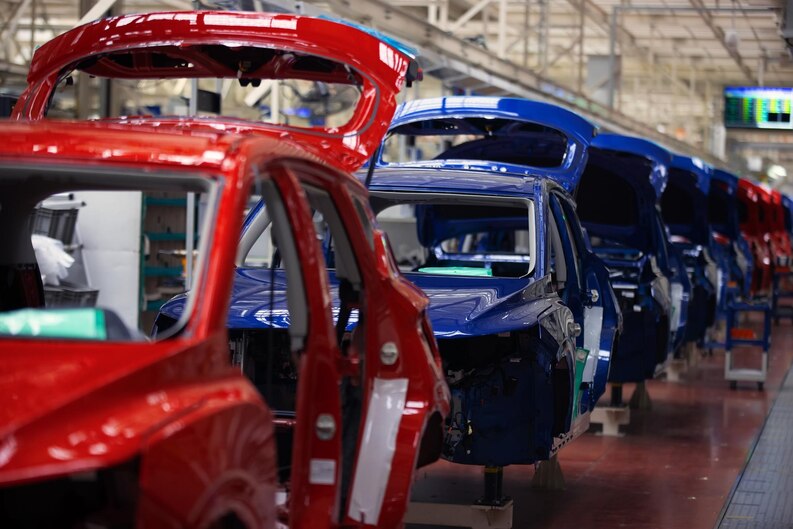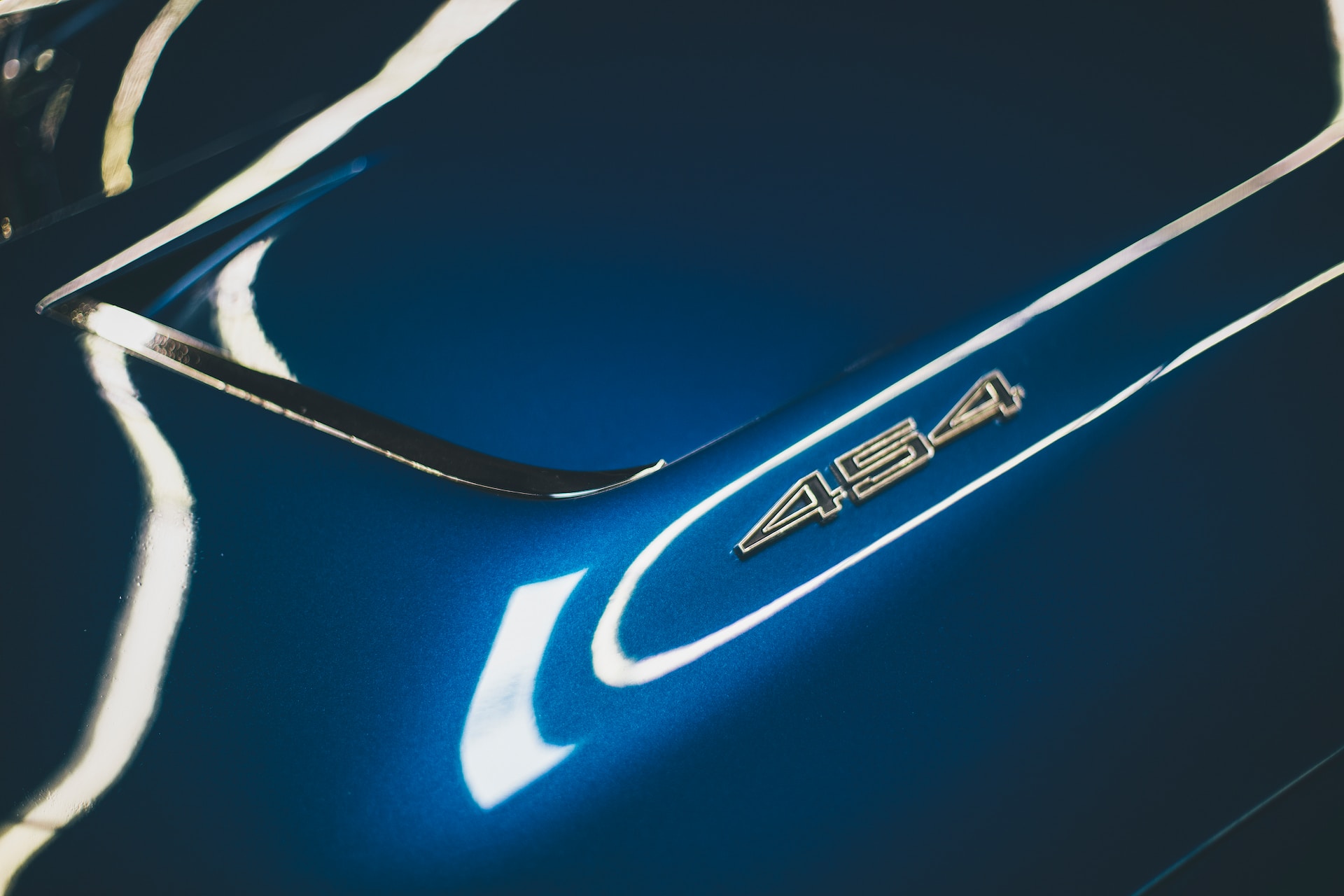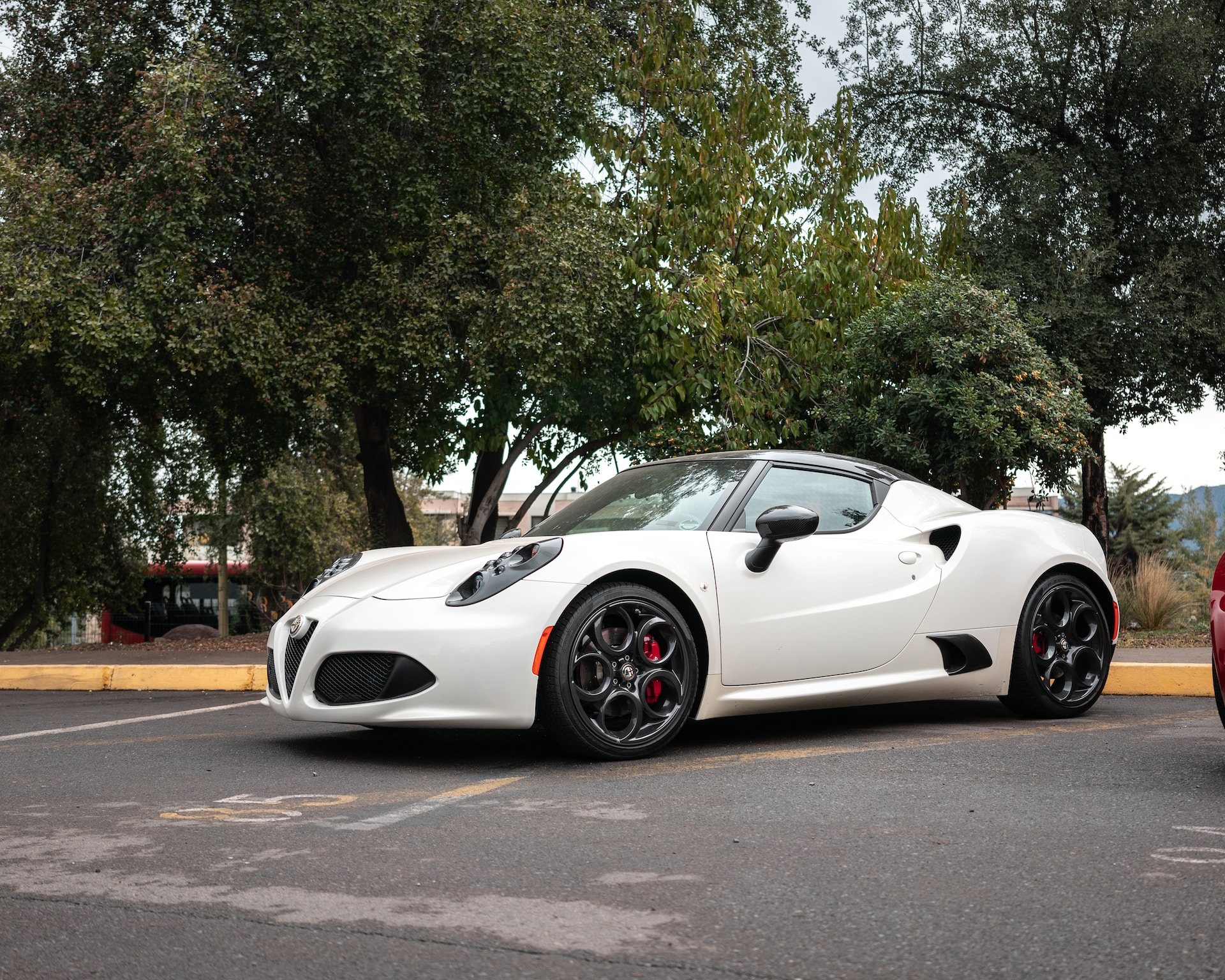Introduction
China’s rapid emergence as a global powerhouse in the automotive industry has disrupted the traditional dynamics of the market. This article delves into the implications of China’s rise for Japanese and Korean automotive brands and examines the challenges they face in navigating this shifting landscape. As Chinese carmakers gain traction and expand their reach, their increasing competitiveness poses a threat to the established Japanese and Korean automotive manufacturers.
The Chinese Automotive Industry: A Rising Force
Over the past decade, China has transformed from being the world’s largest car market to a formidable force in car manufacturing. Chinese automakers have invested heavily in research and development, technological advancements, and brand building, enabling them to compete on a global scale. With a focus on cost-effective production, innovative design, and localized strategies, Chinese carmakers have successfully captured market share both domestically and internationally.
Impact on Japanese Brands
Japanese automotive brands have long enjoyed a strong reputation for quality, reliability, and advanced technology. However, the rise of Chinese carmakers presents new challenges for Japanese manufacturers. Chinese brands have made significant progress in narrowing the gap in terms of product quality, design aesthetics, and affordability. As a result, Japanese brands must find ways to differentiate themselves and maintain their competitive edge.
To address this, Japanese automakers need to emphasize their long-standing commitment to quality and reliability while also focusing on technological innovation. By leveraging their expertise in hybrid and electric vehicle technologies, autonomous driving systems, and sustainable mobility solutions, Japanese brands can offer unique value propositions that resonate with consumers.
Challenges Faced by Korean Brands
Korean automakers have also experienced the impact of China’s emergence as a global automotive powerhouse. Historically, Korean brands have excelled in producing vehicles that offer a good balance of quality, performance, and affordability. However, Chinese carmakers have been able to replicate this formula, creating intense competition in the global market.
To stay competitive, Korean automakers need to enhance their brand differentiation through design innovation, advanced safety features, and superior customer experiences. By focusing on their strengths and leveraging their established reputation for quality, Korean brands can maintain their market position and appeal to discerning consumers.
The Importance of Adaptation and Collaboration
Both Japanese and Korean automakers must adapt their strategies to address the challenges posed by Chinese carmakers. Embracing innovation, investing in research and development, and exploring new technologies will be crucial to staying relevant in the rapidly evolving automotive landscape. Moreover, collaboration between Japanese, Korean, and Chinese automakers can create opportunities for mutual growth and strengthen the overall competitiveness of the region.
Collaborative efforts can include joint ventures, technology sharing, and market expansion initiatives. By leveraging each other’s strengths, automakers can optimize resources, drive innovation, and overcome the challenges presented by China’s emergence.
Conclusion
China’s emergence as a major player in the global automotive industry has disrupted the status quo, posing challenges for Japanese and Korean automakers. To thrive in this changing landscape, it is imperative for both Japanese and Korean brands to adapt their strategies, emphasize their unique value propositions, and embrace innovation. Collaboration and partnerships between industry players can also foster growth and help navigate the challenges and opportunities presented by China’s ascent.
By leveraging their respective strengths and capitalizing on market trends, Japanese and Korean automakers can continue to compete effectively and maintain their positions in the global automotive market.











